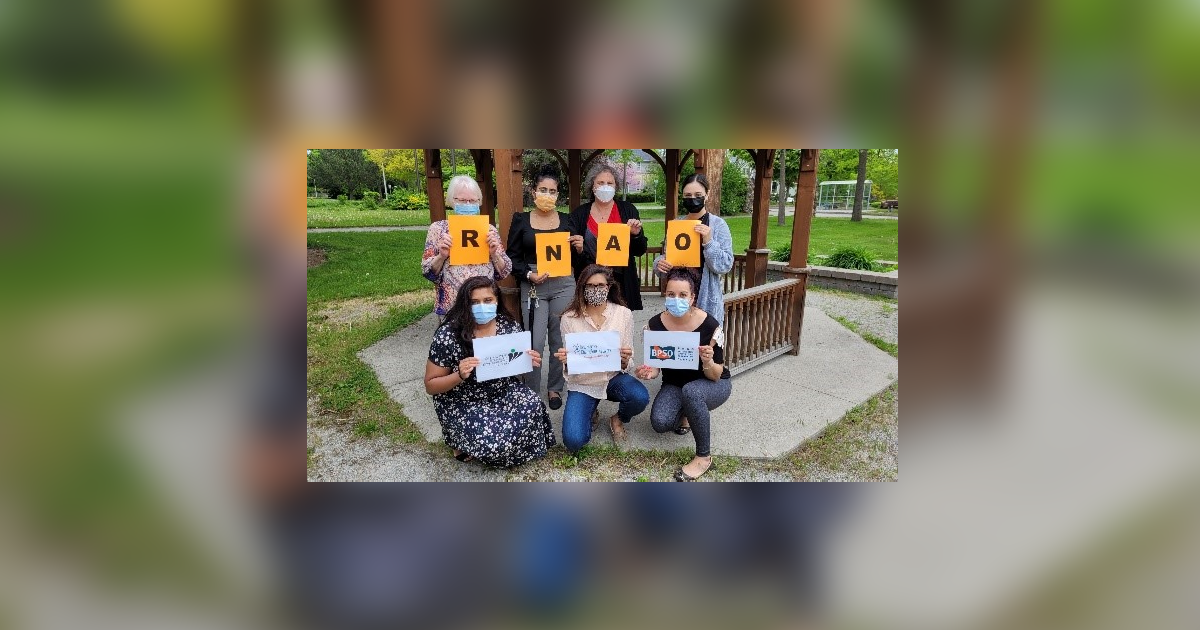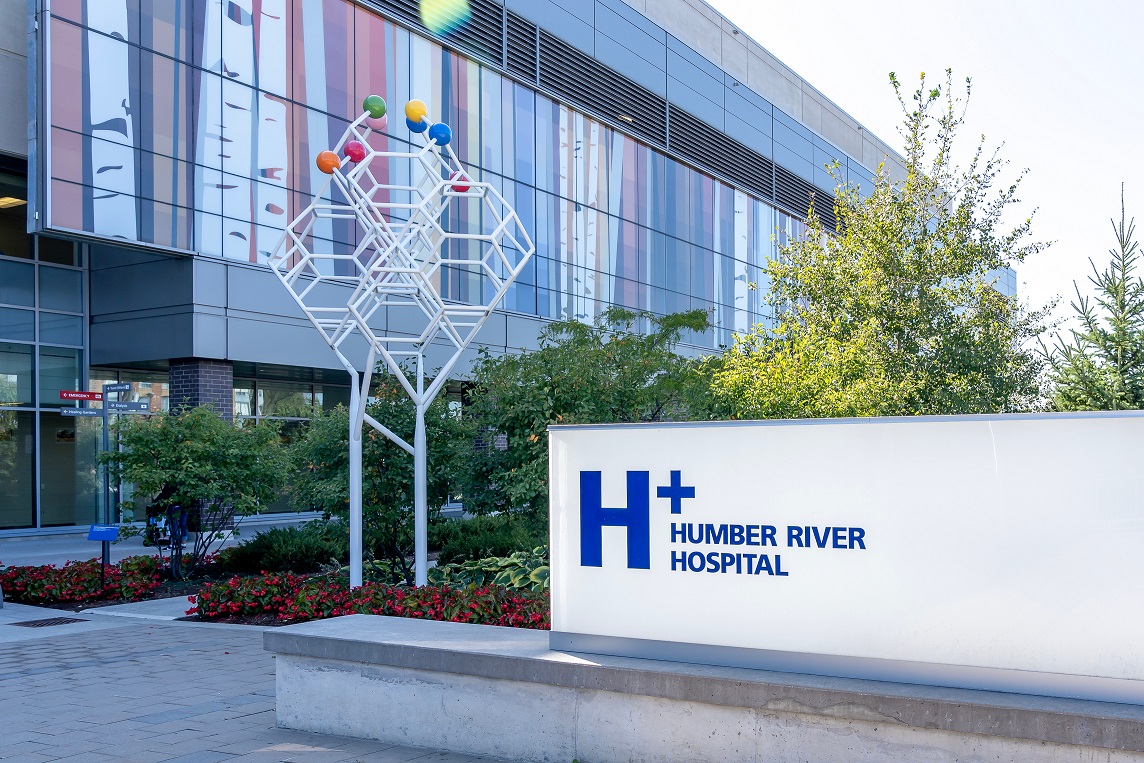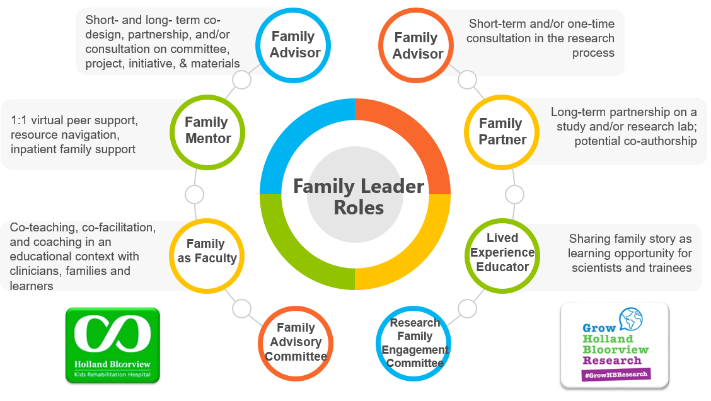Case studies
Social Movement Action Framework
Engaging an interprofessional change team to lead implementation: West Park Healthcare Centre
West Park Healthcare Centre applied a call to action to implement best practice guidelines with the support and guidance of their senior leadership and implementation teams. Learn more about the role of core leadership structures in this case study.
West Park Healthcare Centre, an RNAO BPSO, is a rehabilitation and complex care centre in Toronto, Canada. They applied a compelling call to action to implement these RNAO BPGs: Assessment and Management of Pain, Client Centred Care and Prevention of Falls and Fall Injuries in the Older Adult.
With support from senior leadership, interprofessional change teams – including nurse leaders, such as advanced practice nurses and nurse practitioners – were responsible for leading the implementation strategies, which included taking collective action. Implementation efforts focused on engaging in quality improvement measures, promoting the culture and values of evidence-based practice and aligning their implementation efforts to the organization’s culture and values.
As members of the implementation teams, the nurse leaders were influencers who aimed to build collaborative and committed relationships amongst the interprofessional team and create a work environment that empowered staff to take evidence-based action. The team embraced diverse perspectives and knowledge to allow for adaptations to the local context.

Engaging collective strength in action at Central West Specialized Developmental Services
The change team at Central West Specialized Developmental Services (CWSDS) has built a strong core leadership structure to support their implementation efforts by including both formal and informal leaders.
Central West Specialized Developmental Services (CWSDS) is a pre-designate Best Practice Spotlight Organization® (BPSO®.) During the BPSO pre-designation process, the CWSDS change team has built a strong core leadership structure to support the implementation of best practices, by including both formal and informal leaders.
The CWSDS change team relied on the following strategies to build a strong core leadership structure:
CWSDS’s RNAO-BPSO organizational structure. Figure provided with permission by CWSDS.
- embedding the RNAO BPSO pre-designation process within the organization’s strategic plan.
- emphasizing the interprofessional nature of the initiative by encouraging professionals from all disciplines to become involved.
- engaging an interprofessional team of stakeholders within the organization with the change, including direct support professionals, managers, food services, human resources staff, and members of the communication and information technology teams.
- encouraging stakeholders to become trained RNAO Best Practice Champions and to participate in RNAO events.
- making sure all stakeholders were informed and involved in the change initiative (by, for example, providing updates during managerial meetings and including stakeholders in completing gap analyses.)
- supporting Best Practice Champions in leading best practice guideline (BPG) implementation alongside the BPSO Steering Committee.
As a result of the change team’s work to build a core leadership structure, they were able to tailor the implementation of BPGs toward daily clinical problems relevant to their direct support professionals. This increased recognition of and support for their change initiative.
To learn more about CWSDS’s BPG implementation journey, watch their 38-minute webinar: Collective Strength in Action: How to Promote and Implement Best Practice Guidelines.

Engaging a network to strengthen alliances for an Indigenous school diabetes prevention project
An Indigenous diabetes prevention school project used a network to support community partner's capacity building and collaboration. Read more in this case study.
In Quebec, Canada, community groups and researchers participated in a network using social movement approaches for the Kahnawake Schools Diabetes Prevention Project. In the early phase of the social movement, the network supported capacity building and collaboration of the community members. As the movement evolved, the network strengthened alliances among the community members and their shared decision-making. It also supported the program’s expansion to more children. At the conclusion of the project, the network supported the emerging leadership of the community partners (Tremblay et al., 2018).

Knowledge-to-Action Framework
Conducting gap analyses to successfully implement new clinical practices at Tilbury Manor
Tilbury Manor, a long-term care home, chose to focus on provincially-mandated “required programs” when seeking to improve resident care using a gap analysis.
Tilbury Manor, a 75-resident long-term care home in Tilbury chose to focus on provincially-mandated “required programs” (fall prevention, skin and wound care, continence care, bowel management and pain management) when seeking to improve resident care.
They conducted a gap analysis to compare their current practices with the best practices outlined in related RNAO best practice guidelines. Their analysis included an assessment of clinical practices, policies and documentation systems. The results of the gap analysis helped them create specific action plans.
Tilbury Manor then formed project teams led by nurses and supported by a team of champions. These teams proceeded to educate staff, implement new clinical practices, conduct care reviews and conduct audits.
Multiple positive outcomes were reported as a result of implementing these best practices including reductions in reports of pain, less use of restraints, and less falls, pressure ulcers and urinary tract infections.

Evaluating the impact of implementing the Person- and Family-Centred Care Best Practice Guideline at Spectrum Health Care
Spectrum Health Care, a Best Practice Spotlight Organization® (BPSO®) and home health organization, evaluated care outcomes after implementing the Person- and Family-Centred best practice guideline (BPG).
Spectrum Health Care (Spectrum), an RNAO Best Practice Spotlight Organization® (BPSO®), is a home health organization with more than 200 nursing staff across three locations in the province of Ontario, Canada.
Spectrum chose to implement the 2015 Person- and Family-Centred Care (PFCC) Best Practice Guideline (BPG) to enhance person- and family-centred care and to reduce complaints regarding care. Members of the senior leadership team at Spectrum Health Care led implementation together with Spectrum’s Patient and Family Advisory Council.
To support the practice change, Spectrum used the following implementation interventions:
- Conducting a gap analysis to determine the knowledge/practice gap;
- Holding education sessions for staff on person- and family-centred care best practices;
- Revising their care processes to include review of care plans with the person and/or members of their family
- Surveying staff members on their attitudes about person- and family-centred care via surveys
- Developing staff education on communication strategies to support the assessment of a person’s care needs and care plans.
After implementing these interventions, Spectrum assessed the number of complaints received from persons receiving care per 1,000 care visits and compared that to their baseline.
They found a decrease of 42 per cent of complaints from persons received over an 18-month time period at one of the sites that was implementing the PFCC BPG at Spectrum Health Care.
At another site, an 80 per cent reduction in complaints was found following the staff education intervention.
Data analyses overall indicated that the implementation of the PFCC BPG was highly successful in reducing persons' complaints regarding care.
Read more about Spectrum Health care’s results of implementing the PFCC BPG here: Slide 2 (rnao.ca)

Leveraging innovative quality monitoring - Humber River Hospital
Humber River Hospital is an acute care facility that has used continuous monitoring to determine the impact of BPG implementation and staff performance.
A major acute-care hospital in Toronto, Ontario, Humber River Hospital (now Humber River Health) has used continuous monitoring to determine the impact of their BPG implementation and staff performance.
These tiles, displayed on large screen monitors in a Command Centre (pictured above), are integrated into the daily delivery of care to support physicians, nurses, and other clinical staff. Each row within the tile represents a patient, followed by where they are located. By clicking on a patient, staff can see more information regarding the clinical criteria that put them on the tile.
With every patient, there is an expected time in which the issue should be resolved based on a service level set by the hospital. If the system detects that the process is taking longer than expected, the icon will escalate to amber and then to red, indicating a higher level of alert.
Tiles also include several quality monitoring indicators based on RNAO's best practice guidelines (BPG) related to fall risk intervention, wound and skin management, pain management and delirium management. By centralizing data in the Command Centre, the monitoring indicators empower clinicians so that they can intervene in a timely manner to ensure that best practices are followed.
Read more about this innovative quality monitoring approach here: https://www.hrh.ca/2020/08/04/cc-risk-of-harm/

Engaging Persons with Lived Experiences
Holland Bloorview Kids Rehabilitation Hospital: Co-designing change through the active engagement of persons with lived experience
A case study from Holland Bloorview Kids Rehabilitation Hospital focused on engaging persons with lived experience in a change process.
Holland Bloorview Kids Rehabilitation Hospital (hereafter referred to as Holland Bloorview) is a designated Best Practice Spotlight Organization® (BPSO®) in Toronto, Ontario, Canada. Holland Bloorview has an award-winning Family Leadership Program (FLP), through which family leaders partner with the organization and the Bloorview Research Institute to co-design, shape, and improve services, programs, and policies. Family leaders are families and caregivers who have received services at Holland Bloorview, and have lived experiences of paediatric disability. Family leaders’ roles include being a mentor to other families, an advisor to committees and working groups, and faculty who co-teach workshops to students and other families.

Family Leader Roles at Holland Bloorview. Photo provided with permission by Holland Bloorview Kids Rehabilitation Hospital.
The ENFit™ Working Group is an example of a successful implementation co-design process within Holland Bloorview. The ENFit™ Working Group is an interprofessional team working on the adoption of a new type of connection on products used for enteral feeding [feeding directly through the stomach or intestine via a tube]. By introducing the ENFit™ system, a best practice safety standard, the working group plans to reduce the risk of disconnecting the feeding tube from other medical tubes, and thus decrease harm to children and youth who require enteral feeding.

Family Partnering with the EnFit Working Group. Photo provided with permission by Holland Bloorview Kids Rehabilitation Hospital.
The working group invited a family member and leader whose son had received services at Holland Bloorview. This family member had significant lived experience with enteral feeding management, enteral medication administration, and other complexities associated with enteral products. During the meetings, great attention was given to the potential impacts on persons and families. The group engaged the family member by:
- co-creating the implementation plan
- involving them in a failure mode affects analysis, which highlighted the impact of the feeding tube supplies on transitions to home, school, and other care settings
- working with the family member to advocate for safe transitions within the provincial pediatric system, which led to the development of the Ontario Pediatric ENFit™ Group
To learn more about Holland Bloorview’s experience in partnering with families in a co-design process, watch their 38-minute webinar: The Power of Family Partnerships.

